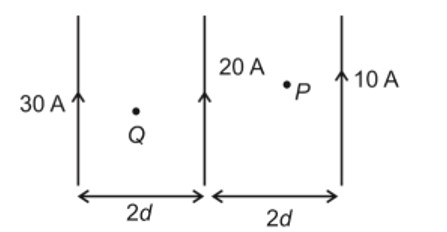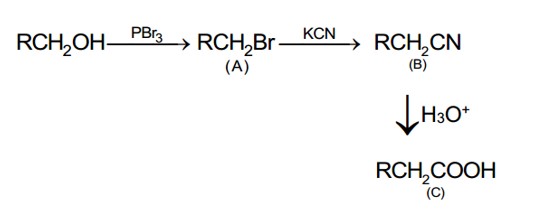The increasing order of the reactivity of the following compounds in nucleophilic addition reaction is:
(a) Di-tert-butyl ketone
(b) Acetone
(c) Acetaldehyde
(d) p-Nitrobenzaldehyde
The increasing order of the reactivity of the following compounds in nucleophilic addition reaction is:
(a) Di-tert-butyl ketone
(b) Acetone
(c) Acetaldehyde
(d) p-Nitrobenzaldehyde
Option 1 -
(a) < (b) < (c) < (d)
Option 2 -
d) < (c) < (b) < (a)
Option 3 -
(b) < (a) < (d) < (c)
Option 4 -
(b) < (a) < (c) < (d)
-
1 Answer
-
Correct Option - 4
Detailed Solution:Nucleophilic addition on carbonyl compounds decreases by increasing steric hindrance.
Similar Questions for you
CH3—CH2—CHO does not undergo Cannizzaro reaction because it has α-hydrogen.
Acetaldehyde (CH3CHO) gives positive lodoform test and positive Fehling's solution test
CH3—CH2—CHO does not undergo Cannizzaro reaction because it has α-hydrogen.
Taking an Exam? Selecting a College?
Get authentic answers from experts, students and alumni that you won't find anywhere else
Sign Up on ShikshaOn Shiksha, get access to
- 65k Colleges
- 1.2k Exams
- 678k Reviews
- 1800k Answers






